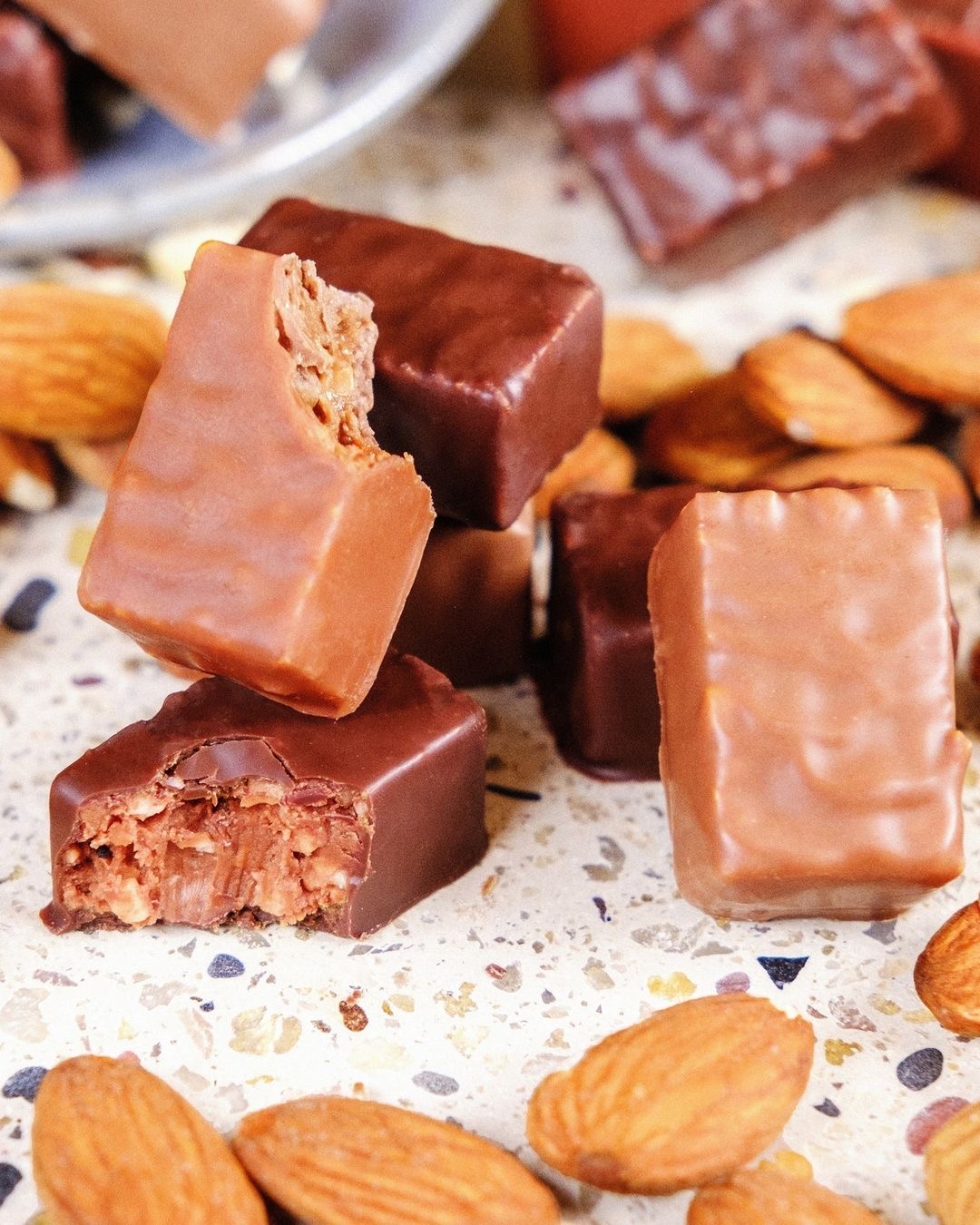Not a lot of us understand or even read food labels and that's probably why most of our diets are doomed to fail. Jordan in her wonderfully informative post looks into food labels and what additives should be avoided and we can't thank her enough!
Looks can be deceiving, especially when it comes to food. General rule of thumb for healthy eating: READ YOUR LABELS - if you can't pronounce it, chances are it isn't good for you. Take one of your favorite 'less healthy' (aka junk food) items and read the nutrition facts, write down every item that you either haven't heard of or can't pronounce, then google it. If it isn't natural - please don't put it in your body. And just in case "you are what you eat" holds true, here are 11 things you don't want to be.
Snapshot Survey
Snapshot Survey
1. Partially Hydrogenated Oils
Partially hydrogenated oil has the same consistency of butter but at a much cheaper rate. These oils can slow down your metabolism and promote the development of diabetes, cancer and heart disease.
2. Artifical Colors and Flavorings
Lets keep it simple, real is better. Because honestly - if it isn't real then where is it coming from? Some artificial vanilla flavoring is made from petroleum or paper-mill waste, meanwhile, other artificial flavorings are often made from hundreds of different individual chemicals. Artificial colors have been around for over a hundred years and every few years or so the FDA bans a new additive as a chemically proven carcinogen. Currently, the FDA only allows 10 colors in foods, 4 of which have restrictive uses. If all of this took years and years of research imagine what we'll know 100 years from now. Is cancer really worth pretty colored food?
3. Potassium Bromate
Potassium bromate is what makes your white flour, breads and rolls nice and fluffy. It has been found to promote cancer in animals and can also, even in small amounts, be risky for humans. That's why California requires a cancer warning for products containing potassium bromate.
4. Astaxanthin
The vast majority of salmon sold in supermarkets today comes from farms. Salmon eat crustaceans, which contain natural astaxanthins that causes pink flesh in wild salmon. Farm raised salmon do not eat crustaceans, so un-natural astaxanthin is added to their diets. This added astaxanthin comes from coal tar. This doesn't mean you can't eat salmon however, it's better to buy wild rather than farm raised salmon (unless, you know, you enjoy coal tar).
5. Benzoic Acid/Sodium Benzoate
A common preservative in milk, other drinks, low- sugar, cereal and meat products. These preservatives temporarily disrupt the proper functioning of digestive enzymes and can cause headaches, stomach upset, asthma attacks and hyperactivity in children.
6. BHA (Butylated Hydroxyanisole) & BHT (Butylated Hydroxytoluene)
These are similar antioxidants and petroleum-derived chemicals that are added to oil-containing foods to keep them from spoiling. These chemicals are commonly found in crackers, cereals, sausages, dried meats and other foods. The World Health Organization's International Agency for Research on Cancer considers BHA a possible human carcinogen.
7. Canthaxanthin
Not all egg yolks were created equal, so agricultural science developed a pigment to make them all that bright golden color we know and love. Although the amounts added are very small, tests have shown greater quantities of canthaxanthin can cause retinal damage.
8. Emulsifiers
Emulsifiers extend the shelf life of bread products and allow liquids like oil and water to combine. Many reduced-fat or low-calorie products use emulsifiers as well such as salad dressings, mayonnaise and ice cream. Emulsifying agents used in foods include agar, albumin, alginates, casein, egg yolk, glycerol monostearate, xanthan gums, Irish moss, lecithin and soaps. If you aren't sure what exactly the problem here is first off - they are bad for people with egg or casein allergies and secondly, who wants moss or soap in their food?
9. High-fructose Corn Syrup
Thanks to the media you should already know this one is bad for you. Small amounts of fructose isn't bad however, the amount of "hidden" fructose in processed foods is flat out horrifying. Mass consumption can cause obesity, heart disease, elevated cholesterol and accelerated aging.
10. Monosodium Glutamate (MSG)
MSG is added as a flavor enhancer in countless amounts of processed foods. Studies have found that MSG causes tightening in the chest, headaches and a burning sensation in the neck and forearms.
11. Olestra
An FDA approved fake fat for snack foods (why we need more fat in our diets is beyond me). Many researchers are opposed to Olestra because it messes with our ability to successfully absorb many of the vitamins in fruits and vegetables thought to reduce cancer and heart disease risk. It also commonly causes anal leakage along with other gastrointestinal problems. So now the FDA requires foods containing Olestra carry a warning label - because of the anal leakage (just so we're clear).
Unfortunately we don't always know what our food contains as was the case last year when consumers found out that Cochineal Fluid (aka Carmine dye) - a coloring product, derived from a beetle like insect - was being in Starbucks's strawberry frappuccinos. This dye offers no nutritional or taste benefits. It's just crushed beetle juice to make your drink redder. So be an educated consumer. Eat Healthy; Be Healthy.
Subscriber Specials


Feedback Junction
Where Thoughts and Opinions Converge